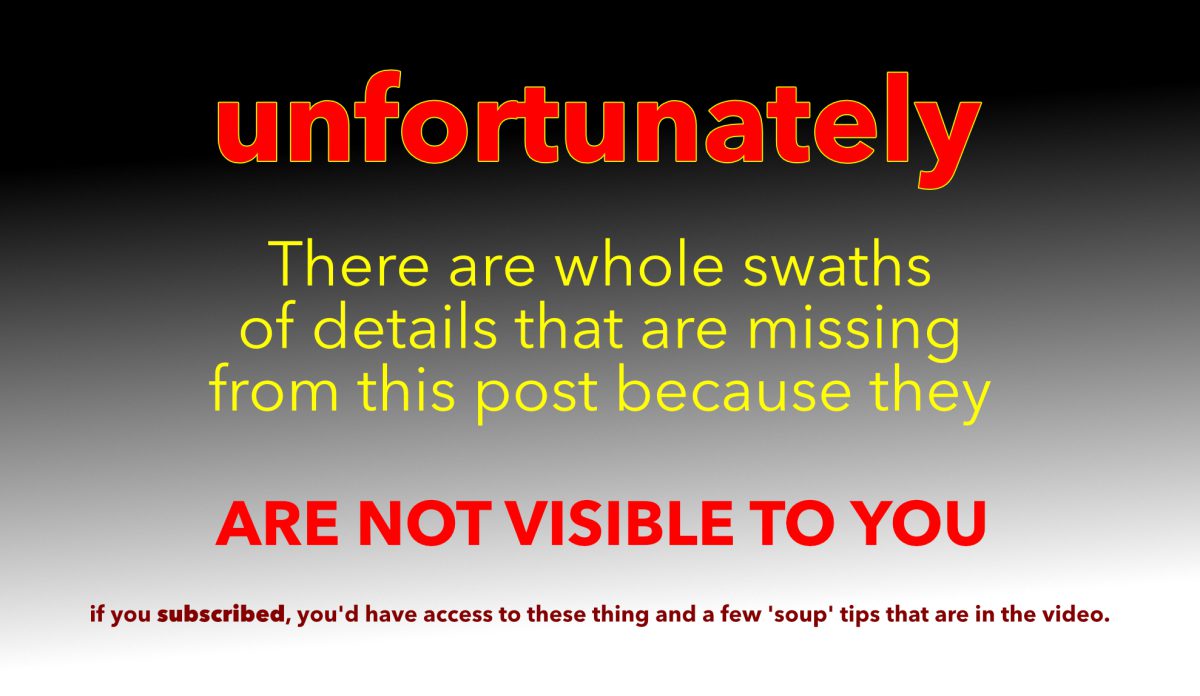When we’re first starting out with Tango, both roles see the idea of a sacada as cool, flashy, or impressive. And they are until you realize one simple, but immutable, fact: They’re illusions…of walking technique. The Sacada happens due to an intersection of the Follower’s walk into the Lead’s or vice versa. At the same time, the Sacada is usually relegated to something that is done in open embrace and/or thought of as ’nuevo tango’ vocabulary. You can thank Gustavo Naivera, Fabian Salas, and later on “Chicho” for that one. The Sacada was around long before those three came onto the scene. It just so happens that they made it very popular. One aspect of the Sacada is while they are typically done in open embrace because of the space needed for them and certain variations of them. There is a version of them that is purely for Close Embrace, hence today’s topic: The Close Embrace Sacada!
What is a Close Embrace Sacada ? It is exactly what it sounds like. It’s a Sacada that’s done from Close Embrace. It’s a controlled displacement where either the Lead or the Follower’s leg will be displaced in a very controlled and refined way. Typically the Close Embrace Sacada is done from the Lead onto the Follower, typically.
From a Dancing Perspective, the Close Embrace Sacada looks intimate, intricate, and above all else, very hot. No doubt about it. Done right, it screams “WOW”. Done poorly, and well…not so much with that. And that’s exactly what happens most of the time. The intent is there but the execution is poor. So we end up missing the whole effect. Either the intersecting step (lead or follow) was too shallow, too deep, or missed entirely. All of which happen quite frequently. It is only with time and patience, and a lot of practice that we ‘learn’ through trial and error (more error than trial) to execute with precision the a Close Embrace Sacada. To be clear, this variant of Sacadas require precision control, precise intent, and precision execution. To alleviate this problem of precision, you’ll see a lot of Leads (and some Followers) quite honestly watch the feet of themselves and their partners (I make this mistake myself from time to time especially on over-rotated back sacadas). This is a major no-no! It breaks the illusion! This is where we talk about one of my favorite topics that almost no teacher talks about – Proprioception from a Tango Perspective. What’s that ? It’s the ability to sense where your partner is in space and time WITHOUT looking! This is not something that you just learn and it happens. There is no class on this stuff. It is a skill that you build through time, with time, with lots and lots and lots of trial and error. Unfortunately that ‘error’ results in someone’s feet getting bruised sometimes. Trust me, you learn pretty damned quickly after that! Add in Close Embrace Sacadas and this skill is an absolutely necessity! Failure to build this skill and the Close Embrace Sacada is going to be the Close Embrace Bloody and Bruised Toe Extravaganza of Your Worst Nightmares! So how do we develop this skill ? Simple. Stop watching your partner’s feet. That’s the starting point.
Free Tip: The closer you are, and the tighter the arc of your step around your partner (forward, side, or back), the tighter the resulting Sacada becomes!
Pre-Requisites: 1.) You must have mastered your walk first and foremost to the point where you are not using your partner (either lead or follow) for stabilization. 2.) You must be familiar with the principles of the Sacada itself.

About The Video. This video is 21:45 in length in 9 Sections. Both Lead and Follow technique is co-combined.
Overview – 00:58
Lead Technique Review – 01:05
Follower Technique Review – 00:48
Sacadas For Close Embrace Technique – 05:01
Follower’s Close Embrace Sacada – 03:41
Follower Forward Step to Lead’s Forward Step – 01:08
The Other Follower’s Forward Step – 02:05
Footwork Details – 04:48
Examples and Review – 01:38

